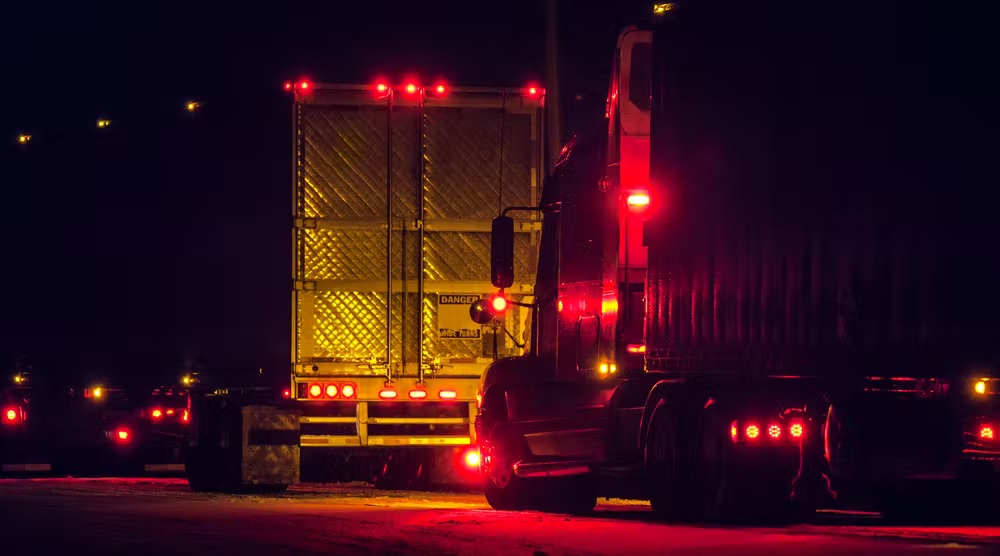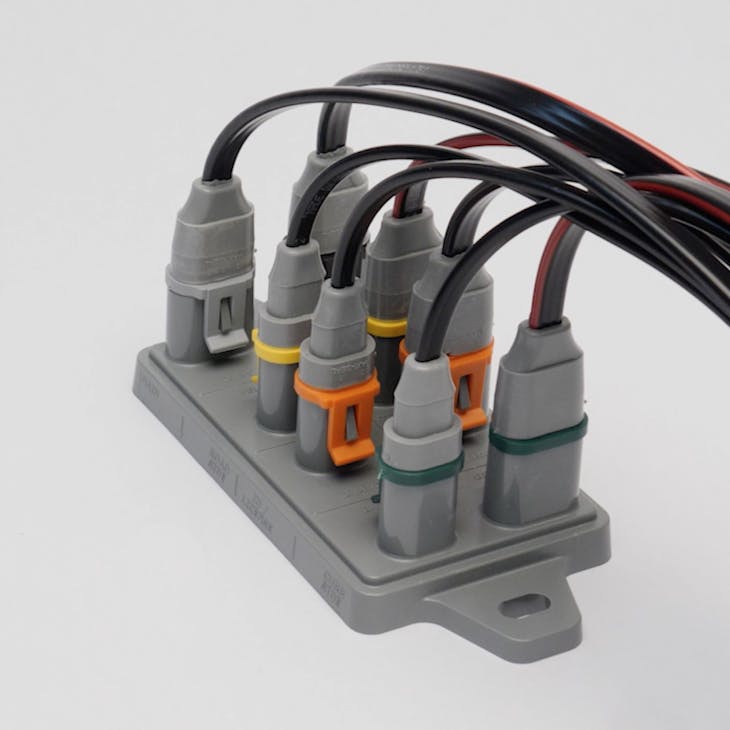Industry experts illuminate which lighting specifications and maintenance practices will keep costs low and eliminate fines and violations.
It’s long been established that lighting issues on commercial vehicles such as tractor-trailers are the cause of many violations and fines, not to mention a large portion of fleet maintenance expenses. According to Federal Motor Carrier Safety Administration Analysis & Information data, some of the most common roadside inspection violations in 2021 were related to not having required operable lamps, inoperative turn signals, and defective lighting devices.
One year earlier, during the 2020 International Roadcheck event, the Commercial Vehicle Safety Alliance’s (CVSA) annual high-volume, high-visibility inspection and enforcement initiative, out-of-service lighting issues in the U.S., Canada, and Mexico accounted for almost half of the overall violations.
Each year, CVSA highlights categories of violations during International Roadcheck to bring awareness to certain aspects of a routine roadside inspection, and in 2021 results on more than 40,000 commercial motor vehicle inspections painted a similar picture.
Last year, CVSA inspectors found 1,367 lighting issues, accounting for 14.1% of all vehicle out-of-service violations. The lighting violations, which ranked third after brake systems and tires, included headlamps, tail lamps, stop lamps, turn signals, and lamps on projecting loads.
To help fleet maintenance operations address this costly challenge, Fleet Maintenance assembled a panel of subject-matter experts from leading lighting manufacturers to discuss challenges on tractors and trailers, and the latest equipment trends to overcome them.
These experts also weighed in on how telematics technology helps detect broken and nonfunctioning lights. Finally, the group provided advice on ways that fleet maintenance operations can improve their lighting maintenance strategies.
Fleet Maintenance: What are the lighting challenges on tractor-trailers and the latest equipment trends to help address them?
Paul Sniegocki, Clarience: The environment is always demanding. Trucks and drivers face any and every condition, meaning their lights must stand up to just about anything; and so, robust designs and manufacturing methods can help overcome this.
Additionally, as we move to electric vehicles, customers are looking for low current draw. With Clarience Technologies’ A2Z for eMobility initiative, our team of companies is addressing this concern by developing low amp draw lighting solutions and adaptive response technologies.
Kyle O’Dell, Optronics: Rising cost is the biggest challenge that tractor and trailer owners are facing currently. This has caused fleets to take a more serious look at total ownership costs of lighting systems. The entire industry has embraced the conversion from incandescent to LED lighting because of all the LED systems’ advantages.
By Seth Skydel
Source: https://www.fleetmaintenance.com/






